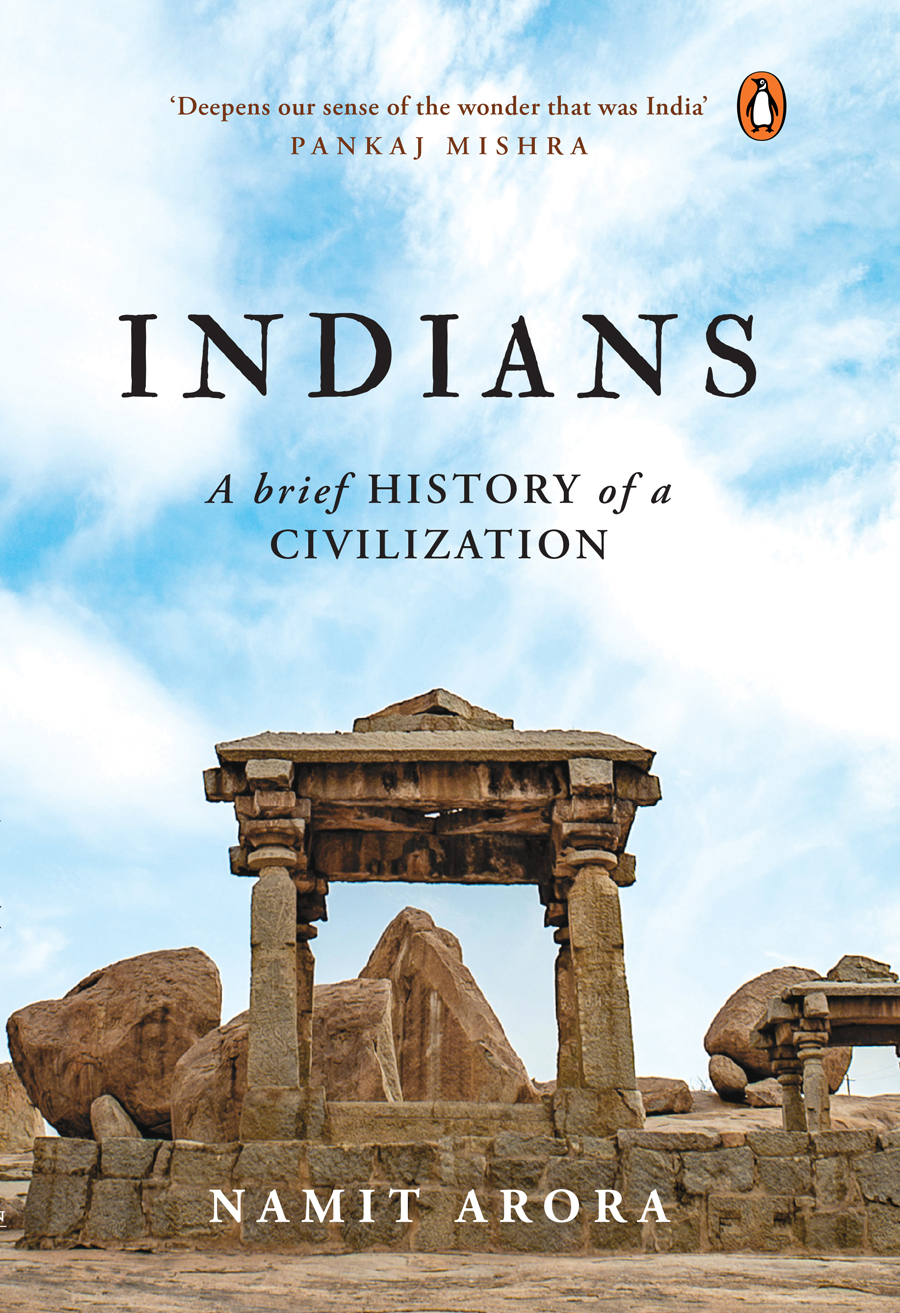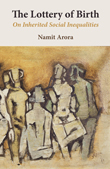| Index of articles from the Blog |
| Animals |
| Anthropology & Archaeology |
| Art & Cinema |
| Biography |
| Books & Authors |
| Culture |
| Economics |
| Environment |
| Fiction & Poetry |
| History |
| Humor |
| Justice |
| Philosophy |
| Photography |
| Politics |
| Religion |
| Science |
| Travel |
Books by
Books by
|
By Usha Alexander | Jul 2007 | Comments
|
In the ancient Biblical legends, mud is animated by the name of god. But what is life anyway, and how did it really happen upon this world? As a physical phenomenon, is life an accidental and rare occurrence? We know that living things beget living things, but where did the first living thing come from? In the remote history of our planet, there was a time before procreation, when the world was abundant only in energy, primordial mud, and gases, but utterly devoid of life. While some scientists have tried to recreate the essential molecules of life in the laboratory, even their experiments with primordial gases and electricity don't go far enough -- the first strand of DNA or RNA must have required something like a living process to create it. So before the first living organism, before even the first molecules we understand as intrinsic to life had appeared, it would seem that life must have entered the mud, itself, like the stuff of myth. What light can science shed on this matter? Dr. Eric Smith of the Santa Fe Institute has an interesting new insight into this confounding chicken-or-egg paradox. In his recent talk, "Inevitable Life ?," broadcast on FORA.tv, he proposes a radically different way of approaching these basic questions: Why is there life on earth at all? How and where did it originate? Why has it persisted? And does the biosphere contain relics of its emergence? We can look at an evolutionary tree of life, he says, and see "family resemblances" and branchings that take us back to the earliest form of life. But it's important to realize that the earliest form of life represented on such tree had a form; that is, we can trace the evolutionary relationships of organisms only to the earliest days of procreation. What about before procreation? Life must have existed before that. But life without form -- what is that? This brings us back to that most essential question, what is life ? Many of us have by training and habit tended to believe that life is an organized system; it is the emergence of structures that enable control over the environment at a molecular level. But, Smith reminds us, there's more to life than control. "First thing, life lives in the non-living world of rocks in the atmosphere," he asserts. "And in the non-living world, your carbon comes in the form of carbon dioxide molecules.. So the first thing life has to do is make carbon-carbon bonds." And we know it does, along with oxygen, nitrogen, and hydrogen, to form a small set of small organic molecules. This set of molecules, perhaps 300 in all, comprised of anywhere from three to around twenty carbon atoms each, is the entire basic structure of the chemistry of life: fatty acids, amino acids, nucleic acids, sugars, and other cofactors. All the stuff of which known living things are made are made by stringing these smaller molecules together. Taking a deeper look, Smith notes that there are essentially two different kinds of life on the earth, which differ in how they get their energy: either by oxidative metabolism, or by reductive metabolism. Most of what we generally think of as the living world -- plants, animals, fungi -- runs on oxidative metabolism. These organisms have access to oxygen and ultimately are able to harness the energy of sunlight. But some organisms, such as those that dwell near deep sea vents, away from oxygen and sunlight, depend on reductive metabolism.
This is the essence of Smith's new take on the origins of the chemistry of life: while others have focused on the emergence of structure -- DNA, RNA, amino acids, or nucleic acids -- as the essential molecules that suggest the origins of life, it is rather the chemistry of this metabolic pathway that's caught Smith's attention. Why? Because this chemistry is singularly common to all life on the planet since the beginning, some four billion years ago. "The Krebs' cycle is important because everything in the entire history of life has used it as the starting point to build every bio-molecule, no exceptions." It is this that represents incipient life on the planet, or what might be called prebiotic life; it is this that might be called the "missing link" between the geological world and the animate world. What's more, Smith suggests that this process, the formation of these basic compounds and sugar, was inevitable, given the conditions of the early earth. He asks, "Why life ? . What was so wrong with a non-living earth that it had to change?" He posits the question this way, rather than seeing the emergence of a phenomenon in terms of what benefit it provides (as we are generally accustomed to doing), because chemists tend to think of processes in terms of "what was it getting away from," looking at systems as moving from higher energy to lower energy states. So what was the unstable state of the early earth that would drive the production of sugar? He explains that the geochemistry of the early earth produced a lot of carbon dioxide and hydrogen, as thermal vents spewed these and other compounds into the environment, blazing with thermal energy. Hydrogen and carbon dioxide have a lot of energy they could exchange; by putting as many hydrogens as you can around oxygen, to make water and methane, you can release the maximal amount of energy from this system. And as it turns out, the most efficient way to get from state A (excessive amounts of carbon dioxide and hydrogen) to state B (methane and water) is to go through the molecules of life, the Reverse Krebs Cycle (which Smith points out is the original Krebs Cycle; our oxidative reversal of it came along later). Smith sums this up by saying, "... if you want to know why is there
sugar, there is sugar because sugar is [energetically] downhill from
the stuff that makes sugar." In other words, it's inevitable. Not only
is it inevitable, but given the way the chemistry works, once the cycle
gets started, it propagates itself, for once it completes a round, the
products of the cycle serve as substrates for another round of the
cycle. So a single turn of the cycle can start up two more, each of which can start up two more, and so on. By pointing out that metabolism is the most ancient piece of life, Smith upturns an assumption many of us have been accustomed to, namely that metablism arose to enable life. Most dramatically, he says,
While not all of this has been experimentally proven, it is experimentally testable. And apparently, this is where the cutting edge research into the origins of life is heading. Smith's presentation is actually larger than my summary here, but this is my best understanding and interpretation of his central thesis, which to me is a fascinating and brand new take on the origins of life. If others can provide deeper critical insight into this matter, I'd be very interested to hear from you. While there was a time when I knew the Krebs Cycle and essential molecules of life like old friends (albeit, difficult friends) this is, sadly, no longer true; alas, biochemistry and I have become estranged. So if others listen to Smith's talk and find flaws in my presentation, kindly point them out with explanation. Corrections, additions, and insights are most welcome. |
Designed in collaboration with Vitalect, Inc. All rights reserved. |
|










